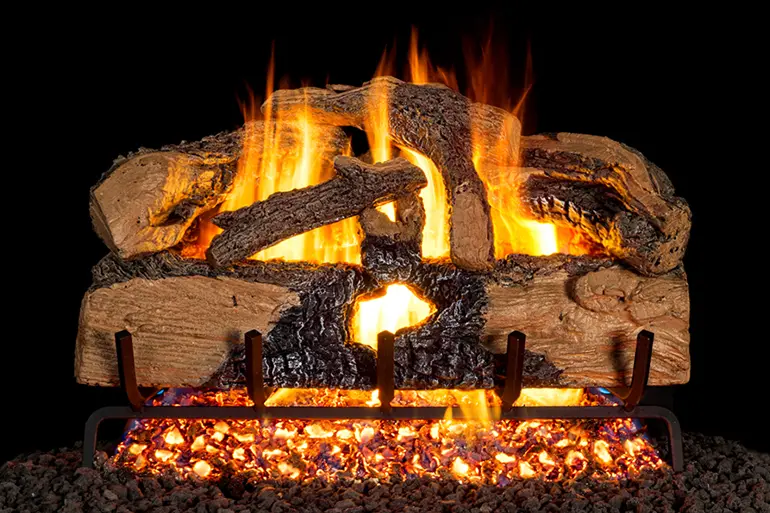Gas Logs Buyers Guide
There are several things you need to consider when you are buying a set of gas fireplace logs for a new or existing fireplace. First, think about the fuel source. You can buy gas logs that burn either natural gas or liquid propane. Also, note that gas logs are referred to by many names: fake fireplace logs, fire logs, fireplace logs, and our favorite, gas logs for fireplace, which is grammatically incorrect, but you get the point.
There are several ways to find what you are looking for online, so if you continue in your journey of conducting more online research, be aware. If you already have appliances that use natural gas, then going with natural gas might be the easiest and most logical choice.
Liquid propane can be used anywhere but usually requires you to install a tank outside your house (not exactly eye candy for your home). Second, determine whether you want to go with vented or ventless fireplace gas logs. This decision takes into account the main purpose of your artificial fireplace: is it mainly for ambiance or for heat?


